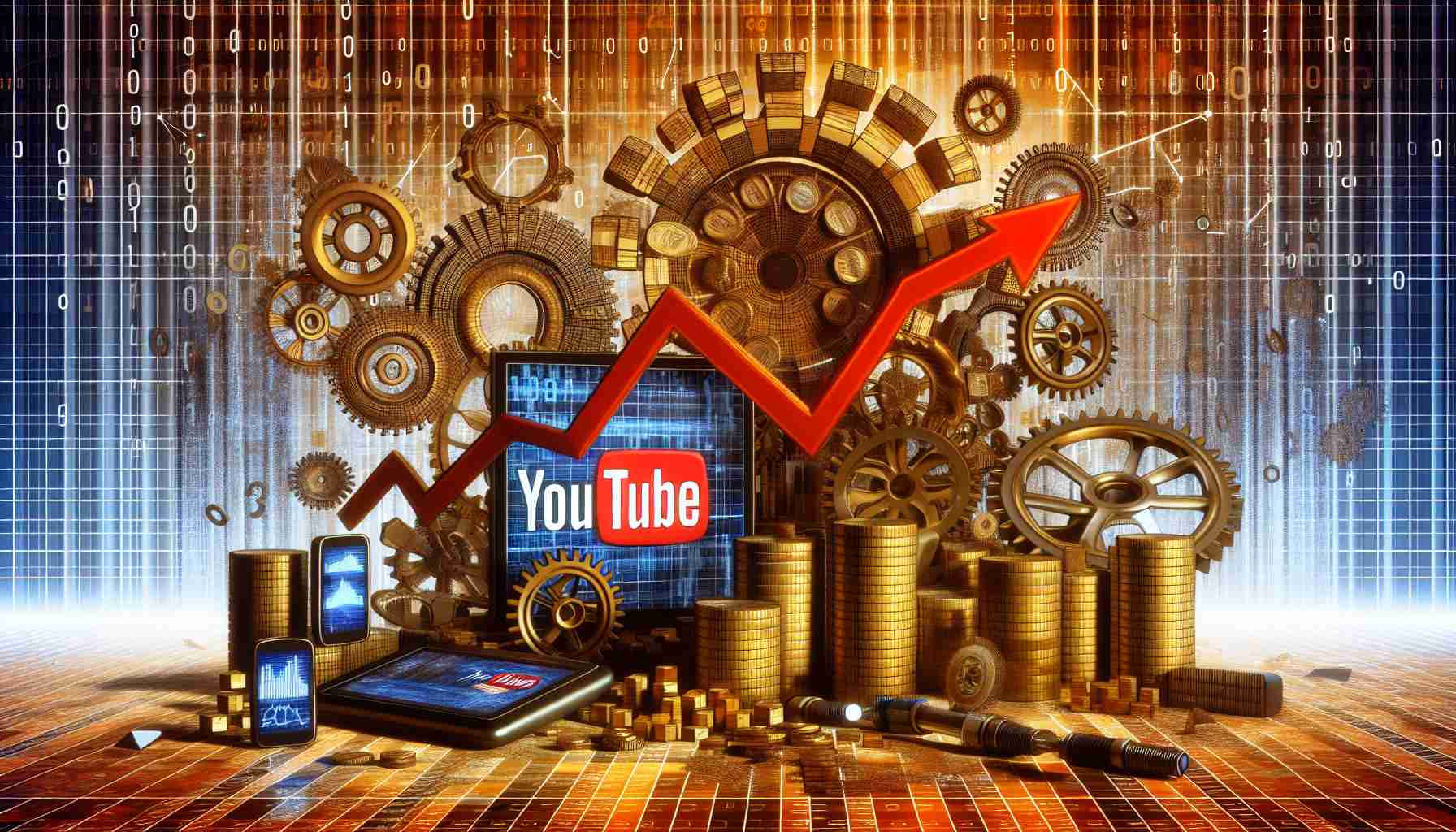YouTube has evolved from a simple platform for sharing cat videos to a global powerhouse in the digital realm. Despite offering a plethora of free content, its revenue now rivals that of major companies and even exceeds the GDP of some nations.
Estimating YouTube’s Revenue
YouTube’s advertising remains a significant revenue source, generating an impressive $31.5 billion in 2023. Additionally, the platform’s subscription services, including YouTube Premium and YouTube Music, contributed to a substantial portion of its $43 billion revenue for the year.
YouTube vs. Streaming Services
In a league of its own, YouTube’s revenue surpasses that of other streaming giants like Netflix, Spotify, and Amazon Prime Video combined. This dominance highlights the platform’s unparalleled reach and influence in the industry.
YouTube vs. Major Companies
YouTube’s revenue mirrors that of renowned companies such as Coca-Cola, Deutsche Bank, and Oracle, solidifying its position as a financial force to be reckoned with. If YouTube were a standalone entity, it would rank among the top 500 companies globally.
YouTube vs. Nations
Comparing YouTube’s revenue to the GDP of nations puts its financial prowess into perspective. Pulling in $43 billion in a year places YouTube in the company of countries like Latvia, Bahrain, and Paraguay, showcasing its economic significance on a global scale.
Conclusion
YouTube’s meteoric rise from a humble video-sharing platform to a revenue giant highlights the transformative power of digital media in today’s interconnected world.
Additional Facts:
– YouTube was founded by former PayPal employees Chad Hurley, Steve Chen, and Jawed Karim in February 2005.
– The platform boasts over 2 billion logged-in monthly users, making it one of the most visited websites globally.
– YouTube has more than 500 hours of video uploaded every minute, demonstrating its vast and diverse content library.
– The YouTube Partner Program allows creators to monetize their content through advertising, memberships, and merchandise sales.
Key Questions:
1. How does YouTube’s revenue model differ from traditional television networks?
2. What measures does YouTube take to address copyright infringement issues on its platform?
3. How does YouTube navigate controversies related to content moderation and censorship?
Key Challenges and Controversies:
– **Content Moderation:** YouTube faces ongoing challenges related to moderating harmful or inappropriate content, leading to debates over freedom of speech versus protecting users.
– **Copyright Issues:** The platform grapples with copyright infringement concerns, with creators and copyright holders often at odds over the use of content.
– **Monetization and Ad Policies:** Changes in YouTube’s monetization policies can impact creators, causing fluctuations in their earnings and potentially leading to disputes.
Advantages and Disadvantages:
Advantages:
– **Global Reach:** YouTube offers unparalleled access to a worldwide audience, enabling creators to connect with viewers from diverse backgrounds.
– **Diverse Content:** The platform hosts a wide range of content genres, catering to varying interests and preferences.
– **Monetization Opportunities:** Creators can earn revenue through various channels on YouTube, providing financial incentives for content production.
Disadvantages:
– **Algorithmic Challenges:** YouTube’s recommendation algorithms can sometimes promote controversial or misleading content, impacting user experience.
– **Competitive Landscape:** With millions of creators vying for attention, standing out on YouTube can be challenging, especially for new or niche content creators.
– **Privacy Concerns:** YouTube’s data collection practices and targeted advertising have raised privacy concerns among users and regulatory authorities.



